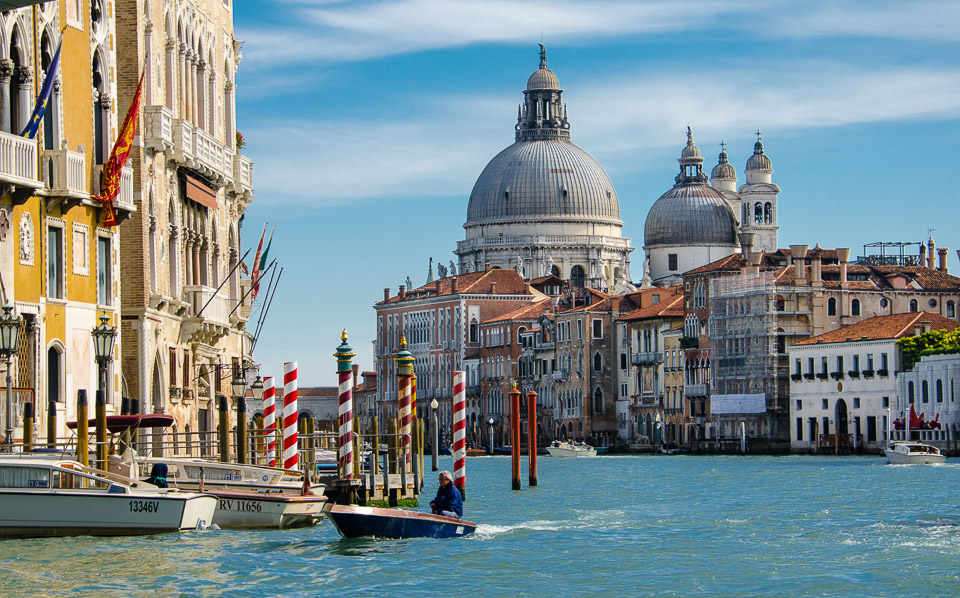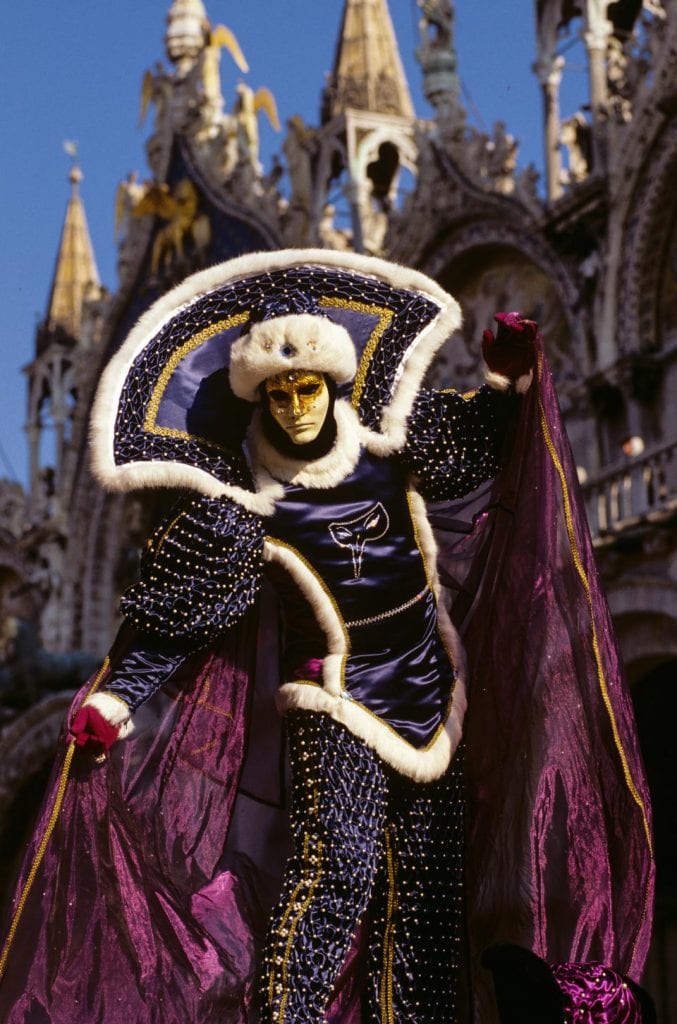
Literary travel is a term that two very different types of people can enjoy: travelers who prefer to read about places from the comfort of their armchairs and active travelers who read about their destinations before, during and after a trip.
Most of us have been, to some extent, literary travelers from our youths. After all, whose imagination and wanderlust haven’t been stirred by Robert Louis Stevenson’s Robinson Crusoe, Thor Heyerdahl’s Kon-Tiki, James Michener’s Tales of the South Pacific, Mark Twain’s Huckleberry Finn, or even John Steinbeck’s Travels with Charley?
Over the years, we’ve found pleasure in discovering additional literary treasures such as Mark Twain’s A Tramp Abroad; Freya Stark’s The Southern Gates of Arabia; Alan Morehead’s African histories, The Blue Nile and The White Nile; and Bill Bryson’s A Walk in the Woods: Rediscovering America on the Appalachian Trail, and many others.
One of our favorite writers about destinations is Jan Morris. Now in her mid-90s, Morris lives in Wales, which she’s called home most of her life. In Britain and beyond, she’s renowned as a journalist, essayist, historian, chronicler of places—and the author of over four dozen books. Her narratives blend imaginative description with history and a poignant sense of place. But Morris, in a 2015 article in The Guardian, insists she is not a travel writer but rather, simply, a writer. “I have written many books about place,” she said, “which are nothing to do with movements, but many more about people and about history. In fact, though, they are one and all about the effects of everything upon me—my books amount to one enormously self-centered autobiographical exposure!”
The portrait she paints of Venice in her book, The World of Venice, is a classic. We enjoyed reading it before and after our winter 1999 visit to the annual Carnevale di Venezia. During this 12-day, pre-Lenten festival, the city becomes the greatest stage on earth as revelers in exotic masks and costumes fill the streets, squares and waterways with dazzling theater. Morris writes: “Venetians always love shows, and do not care about their stage management. Some are natural and popular, others touristic, but none are without fun or beauty.”

Of Venice’s history, Morris writes: “For more than a thousand years Venice was something unique among the nations, half eastern, half western, half land, half sea, poised between Rome and Byzantium, between Christianity and Islam, one foot in Europe, the other paddling in the pearls of Asia. . . . As [the Venetian] Republic grew in grandeur and prosperity. . . . and a flow of dazzling booty enriched its palaces and churches. . . . She stood, in the imagination of the world, somewhere between a freak and a fairy tale.”

Morris’ descriptions are vivid, detailed and full of sensual metaphors: “Venice is a place of voluptuous materials, her buildings inlaid with marbles and porphyries, cipolino, verd-antico, jasper, polished granite and alabaster. She is instinct with soft, seductive textiles, like the silks that Wagner hung around his bedrooms the velvets, the taffetas, damask and satins that her merchants brought home from the East in the day when all the ravishing delicacies of the Orient passed this way in a cloud of spice. When the rain streams down the marble facades of the Basilica, the very slabs seem covered in some breathtaking brocade. It’s a dappled city, tremulous and flickering, where the sunlight shimmers gently beneath the bridges, and the shadows shift slowly along the promenades.”
Reading Morris’ words filled us with a heightened sense of anticipation before our visit. And, when we returned, they helped us clarify and preserve our own emotions and memories. Her summation says it all: “There is no landfall like Venice. . . . so incomparably hemmed in by beauty that it still remains a prodigy among the havens, a true bride of the sea, a port of a thousand years.”
To learn more about literary travel or to find a literary-themed trip, visit literarytraveler.com. This website was founded by Linda and Francis McGovern, Americans who met while studying English at Suffolk University in Boston. It’s is full of tips about great books, travel-related literature and travel opportunities.
